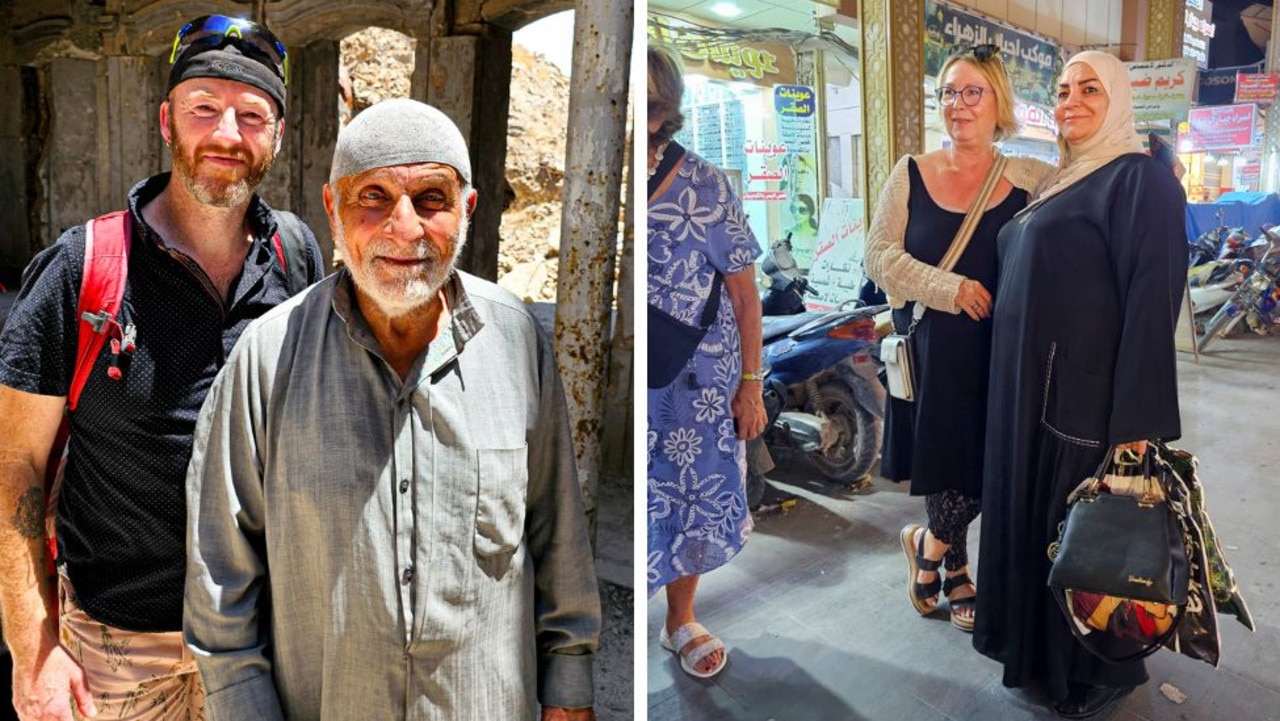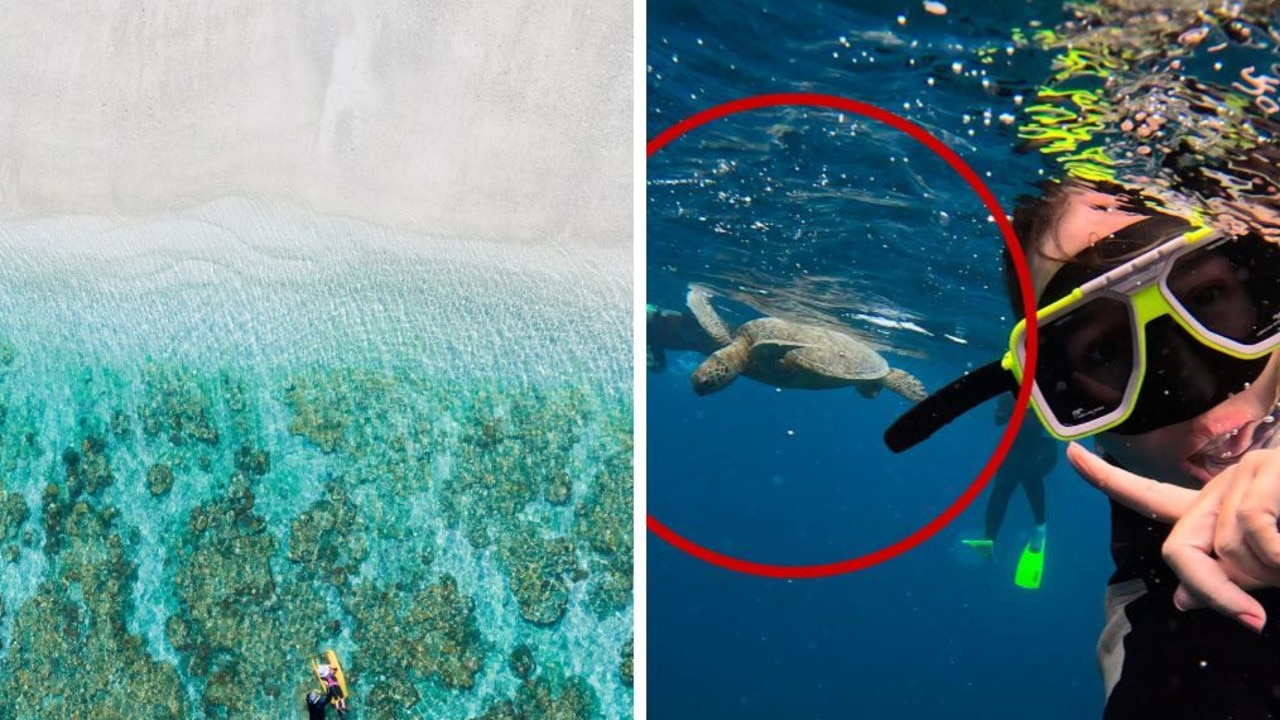Baffling word in new Tourism Australia ad campaign causes confusion
When it comes to promoting Australia to the rest of the world, we have a lot to work with. So how did this new campaign get it so wrong?
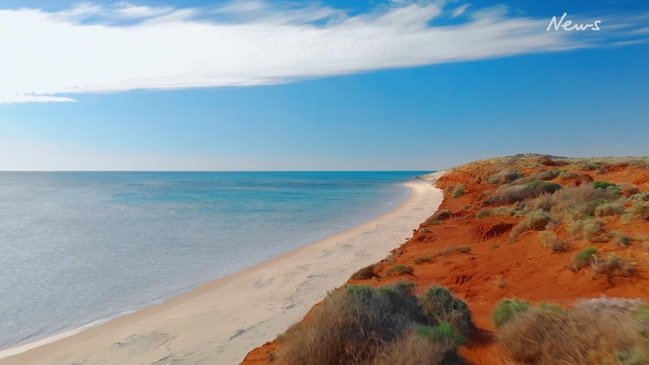
It’s the single word that’s ruffled quite a few feathers.
As part of Tourism Australia campaign, creative masterminds came up with this corker to represent nine Aussie “philosophies”.
Mateship, a “no worries” attitude, love of nature, spirit of adventure, optimism and storytelling all made the cut as demonstrating our way of life that overseas visitors find attractive.
But it’s their play on words that’s left social media stumped and scratching their heads

The tagline for the ads is ‘Come live our Philausophy’. Look closely. Philausophy.
And it’s a tagline that’s made up a staggering $38 million campaign to bring more tourists Down Under.
“$38 million? And they came up with “Philausophy?” FFS,” Australian media commentator and author Mike Carlton tweeted.
“Gonna’ be hard to sell that one to international viewers,” another added.
“I don’t think many peeps from OS would get philausophy. What were they thinking?”

Featuring celebrities like Chris Hemsworth, Paul Hogan and Kylie Minogue, the campaign will be rolled out over three years in key global tourism markets across Asia, Europe and North America, promoting the Australian lifestyle and attitude as much as iconic destinations and landmarks.
But with locals not really catching on to the tagline, what can we expect from an international audience?
For $38 million dollars I could've told you that wordplay doesn't work very well with non-native English speakers. https://t.co/ZU7uZ4IfTI
— Adam Liaw (@adamliaw) October 29, 2019
Gotta say, printing it as “PHILAUSOPHY†makes the pun a bit obscure and hard to find and just looks like a weird spelling mistake https://t.co/KRzLrcPHPo
— Josh Butler (@JoshButler) October 29, 2019
Celebrity Malaysian-Australian chef Adam Liaw said the wordplay won’t work well with non-English speaking visitors, while Managing Director of Marketing Focus Barry Urquhart doesn’t think the campaign “cuts the mustard for a lot of people”.
“Can you imagine what impact it would have on 1.2 billion people in China …? It’s going to be three-eights or four-fifths of nothing!” he told 2GB radio host Ben Fordham.
“Where the bloody hell are ya†looking good in hindsight. #philausophy 🤮 https://t.co/vc38HqHK3O
— Andy Park (@andy_park) October 30, 2019
$38 million ? And they came up with "Philausophy ?" FFS... https://t.co/lJc3wxVwxZ
— Mike Carlton (@MikeCarlton01) October 29, 2019
How bad is #philAUSophy, doesn't deliver the promise of Australia.
— anon (@takinter) October 30, 2019
Who the bloody hell dreamed up this campaign?
Tourism Australia managing director Phillipa Harrison backed the campaign, saying that while Australia was widely seen as a desirable place to visit, time, distance and “fashionability” were the challenges the destination faced – so a different tact was imperative.
“People think they know Australia, they think they’ve seen and done it when they’ve been here. And it’s really our job to tell them new and different stories,” Ms Harrison said.
“We also are a destination that suffers from a bit of low urgency to come here. We are on everybody’s bucket list, we know we’re a really appealing destination to come to, but it’s around the time, distance and cost — those rational barriers.
“People think, ‘I’m going to get to Australia one day’. And our job is really to work out how to make that day today.”
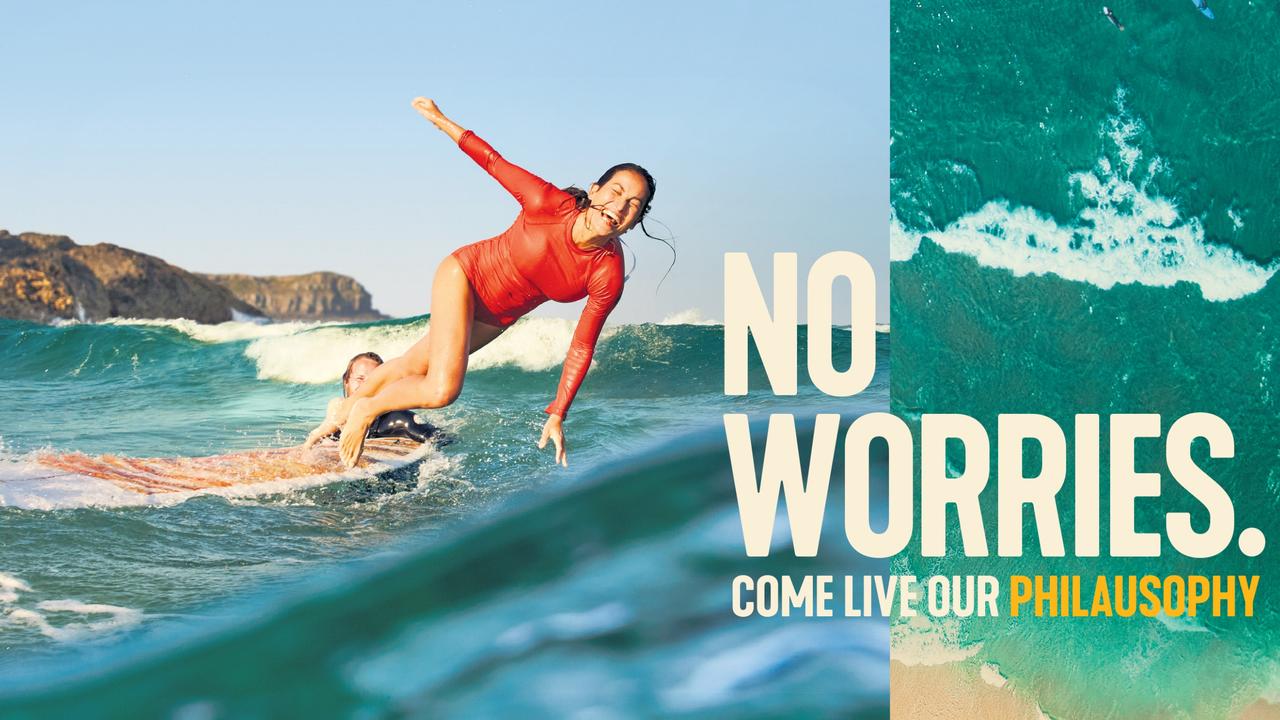
The new campaign attempts to tap into the spirit of Paul Hogan’s hugely successful “Come and say g’day” commercials of the early 1980s, which put Australia firmly on the global map.
Ms Harrison said they wanted to play up one of the nation’s greatest assets, the Australian personality, and to lure foreigners to experience first-hand the unique local way of life.
Australia attracted 8.6 million international visitors aged 12 and over in the year to June 2019 – a growth of three per cent on the previous 12 months.

Most international visitors came from China (1.32 million), followed by New Zealand (1.27 million), the United States (764,000) and the United Kingdom (674,000).
Last year, Tourism Australia caught the attention of the United States with a trailer for a mock Crocodile Dundee film that aired during the Super Bowl.
The 60-second tourism ad, which featured Aussie heavyweights Chris Hemsworth, Margot Robbie and Hugh Jackman, initially generated confusion as people thought it was an actual preview of a new film called Dundee.
But not all campaigns have been a success.
While iconic, Tourism Australia’s “So where the bloody hell are you?” campaign didn’t quite hit the mark in 2007.
The commercial, which cost a whopping $180 million and catapulted a little-known Lara Bingle into stardom, was considered so distasteful it was banned in the UK and Canada over complaints about its “bad language”.
Just last month, South Australia Tourism dropped a ‘Don’t feel sorry for old mate’ campaign, which some called “depressing”, “sad” and even “shocking” to watch.
The video focuses on an elderly man named “Dave” during his very first visit to Adelaide.
Aged in his 70s, the short journey follows ‘Old Mate’ as he travels solo through popular landmarks in Adelaide and surrounds “before it’s too late”.
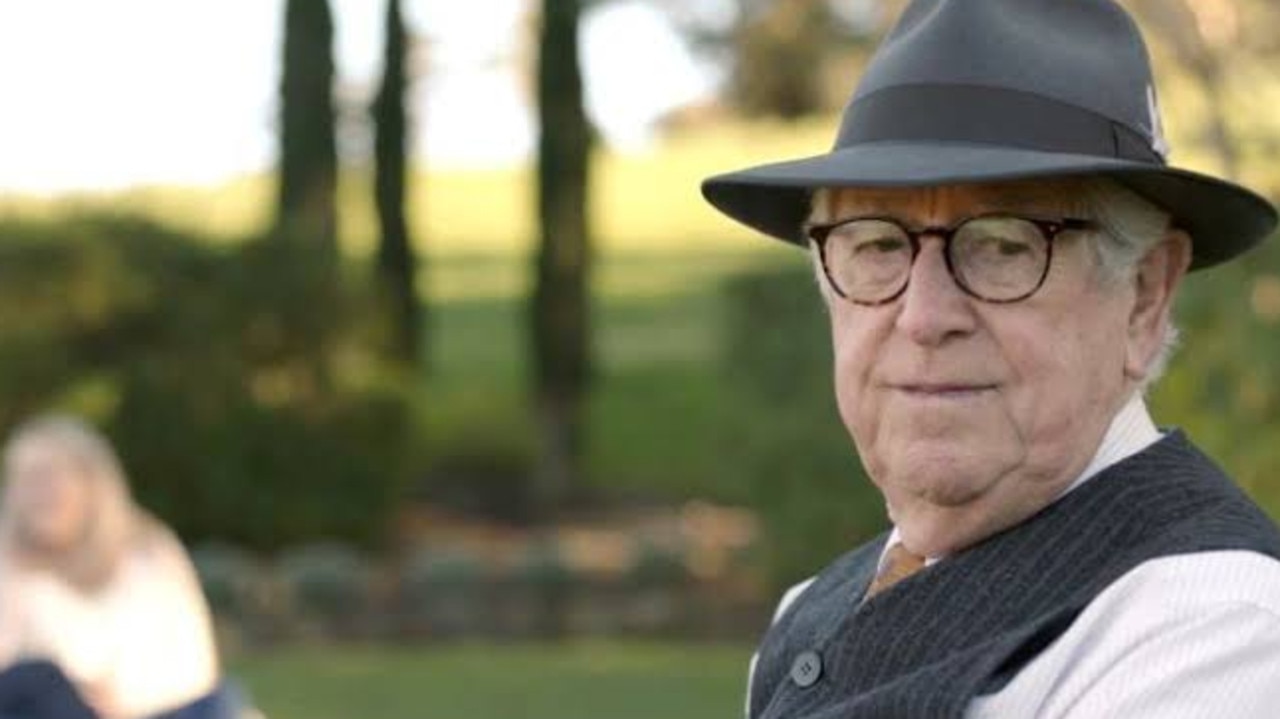
The advertisement starts with Dave peering out of a bus window looking sombre while taking in the wine region of the Barossa Valley.
Shortly afterwards, Dave sits down alone with a glass of red wine, before the mood changes again, and he’s close to tears while watching younger couple laugh together while enjoying a cheese plate.
While the video pulled at heartstrings, the campaign calls for viewers not to feel sympathy or sadness for Dave and his lonely adventure. Rather, “it’s his own damn fault” for not visiting the state sooner.
Despite the tongue-in-cheek approach to the advertisement, which urged people not to wait until their twilight years to visit South Australia, many were left a little confused by the campaign’s message.
– with Lauren McMah


